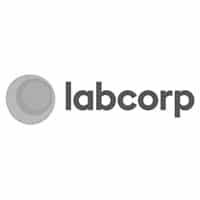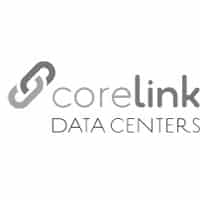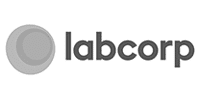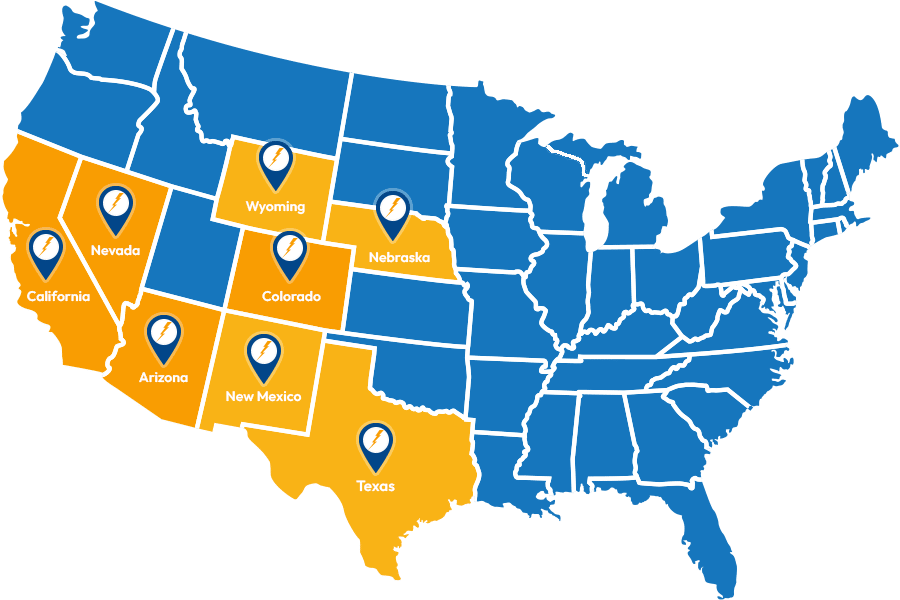From smart home applications to vast online commercial empires, today’s leading industries are increasingly dependent on extensive data networks. Unlike previous years, when data was generated and stored on using proprietary software developed for use only with specific hardware, today’s data must not only be stored but must also be capable of connecting and interacting with other data. Speed is also essential.
To keep up with rapidly evolving networking and data technologies, the ideal data center would use hardware that is easily upgradable and compatible with major, if not all available software. It would also have software that is not hardware-dependent and can evolve quickly and intuitively. The reality, however, is that many centers are struggling with legacy programs and outdated hardware that are inefficient, clunky and increasingly difficult to maintain.
One effective long-term solution that is being implemented by major data centers and network providers is promoting open source networking. The advantage of open source development is the resulting homogeneity and therefore compatibility of networks worldwide. Both software and hardware that are produced as open source projects result in a modular virtual construct where each component can be used with any other component. Discarding the older system of using teams to design a system from top to bottom, this approach, known as disaggregation, has each team focusing on the production of a specific component, whether that is a hardware part or a piece of programming. This heightened focus on details results in a more streamlined process and higher quality components.
Open source design and production of hardware also offers the additional benefit of reducing manufacturing costs, as well as entirely obviating the need for some parts. Increased modularization of data networking systems facilitates the transfer of functions traditionally accomplished through hardware such as cables to wireless networking and streaming functions. The more compatibility there is between various systems, the easier it is for the systems to communicate and interact. Open source networking is also conducive to creating interfaces that are intuitive for the average consumer.
The one consideration holding some companies back from embracing open source is the potential loss of competitive advantage. “If we use the same technology and share our innovations with competitors, how can we convince consumers to choose our product over theirs?” they reason. When it comes to networked applications, however, consumers are now less likely to buy products that cannot interact with other systems. In addition, the ability to offer higher speeds, better quality and more flexibility to upgrade is seen as offering a greater advantage than any that might be lost through open source sharing.
The use of open source development for networked data centers is an innovative and effective solution to the problems centers face in keeping up with the rapid speed of today’s technological evolution. As networking of products continues to increase, open source helps to achieve greater compatibility and flexibility.





























